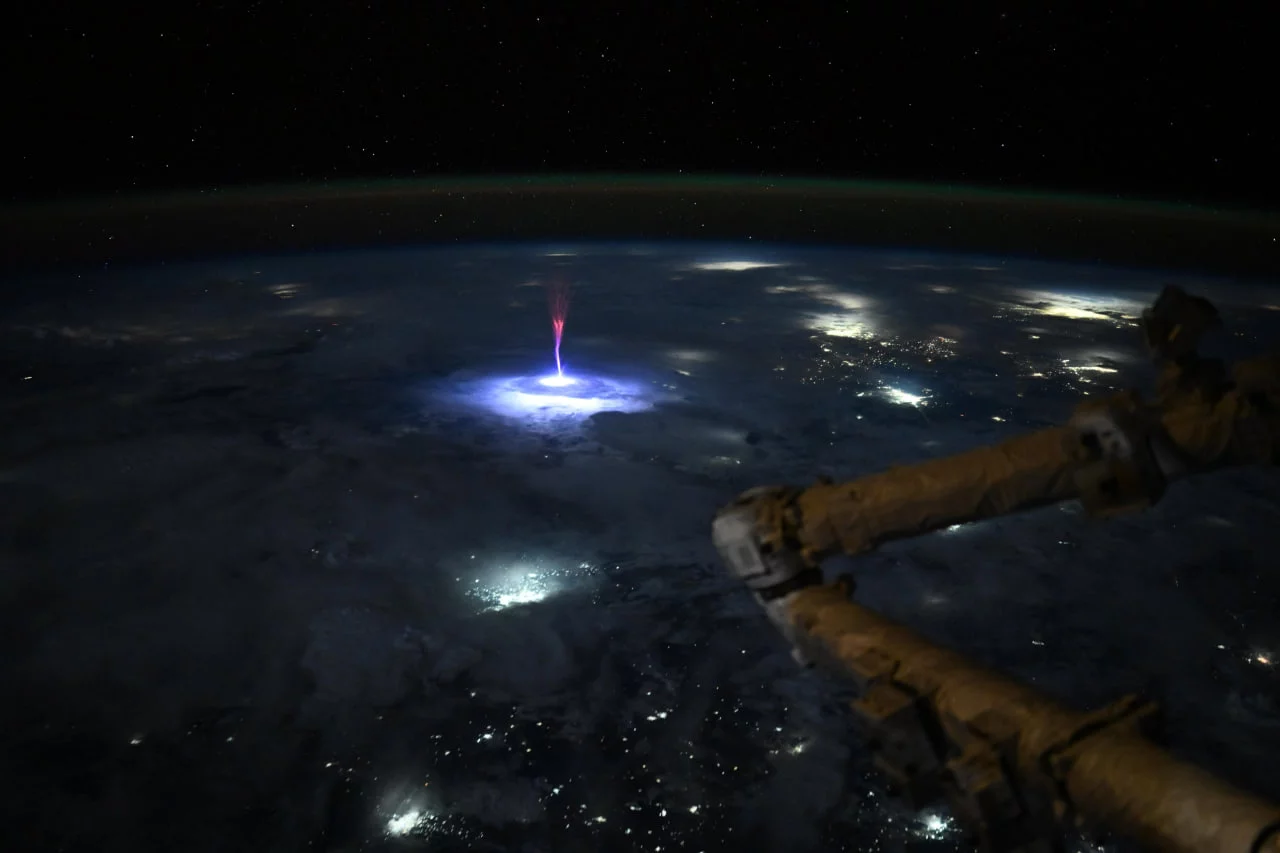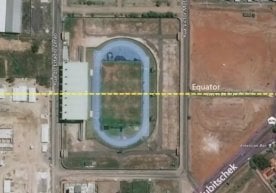
Recently, NASA astronaut Nicol Ayers shared on social media a photograph of a rarely seen atmospheric phenomenon — a giant red sprite — taken from space. This photo once again sparked the general public's interest in a unique luminous event that, even today, remains shrouded in mystery for scientists.
Red sprites are referred to in scientific literature as Transient Luminous Events (TLEs). This term denotes a powerful and short-lived burst of light occurring in the upper part of the atmosphere, specifically about 80 kilometers above thunderclouds. Such phenomena are mainly recorded during dark nights and intense lightning storms. According to Ayers, he photographed the red sprite on July 3 while flying over Mexico and the United States, which generated great interest among the scientific community and nature enthusiasts.
“It was just awesome; this morning, as we were flying over Mexico and the US, I saw this sprite,” the astronaut wrote in his impressions.
Red sprites are sometimes called “jellyfish” because the many branches of light spread through the atmosphere like jellyfish tentacles. They can vary in size and shape — the largest appear at 80 km above the ground and acquire their red color through interaction with nitrogen molecules in the upper atmospheric layers.
These rare phenomena were first photographed only in 1989, and scientists are still studying them. Interestingly, sprites are seen not only on Earth but also in Jupiter's atmosphere and, possibly, on Saturn and Venus. Even now, their full nature is not completely known, and scientists continue to search for new information.
Zamin.uz will continue to regularly cover scientific news, introducing readers to new discoveries in nature and space.
Photo: X / Astro_Ayers Read “Zamin” on Telegram!
Ctrl
Enter
Found a mistake?
Select the phrase and press Ctrl+Enter Related news














